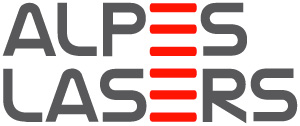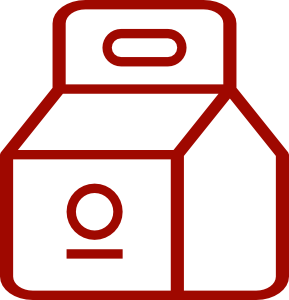PRODUCTS
OUR
PORTFOLIO.
Alpes Lasers produces a wide variety of laser sources, covering a very broad range of the electromagnetic spectrum.
APPLICATIONS
ADDING
VALUE.
Alpes Lasers technologies add value to the following market segments
NEWS ROOM
OUR LATEST NEWS.
Top Photonics Solutions Provider in Europe 2024
Alpes Lasers has been named one of the Top Photonics Solutions Provider in Europe in 2024. Click the image or link to read the profile
VOCORDER
EU GRANT Active Project Discreet and continuous monitoring of human health. VOCORDER objective is to create a tool designed for the discreet and continuous monitoring
NETHELIX
EU GRANT Active Project Portable multi-gases analyzer based on QCL source NETHELIX project is a visionary undertaking aimed at revolutionizing the mining sector thanks to
CONSERWA
EU GRANT Active Project Laser weeding with based on high-power multi-QCL source There is an urgent need to move towards sustainable weed management strategies. Agroecology
M3NIR
EU GRANTS Active Projects M3NIR project Integrated, Modular, Multisensing, Mid- and Near- IR sensingplatform M3NIR (Integrated, Modular, Multisensing, Mid- and Near- IR sensingplatform) project with the
Photonics West
Come and meet us at booth #3501 at the Photonics West exhibition in San Francisco from Jan. 30th to Feb. 1st 2024.

